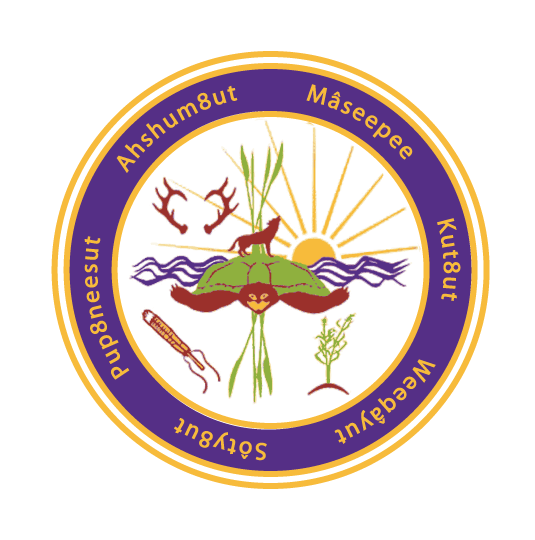The article we are sharing this month addresses Community and Culture in Tribal Child Welfare Laws and Codes as it is written in the “Tribal Child Welfare Codes as Sovereignty in Action” developed by the Native Nations Institute and NICWA.
Community and Culture in Tribal Child Welfare Laws and Codes
The previous articles have provided information on a study to determine how common it is for tribes to include aspects of their own cultures and traditions in their child welfare codes. While some tribes are using aspects of their cultures in their codes, such use was rare in the 107 codes reviewed here, and few tribes made consistent use of aspects of native culture or tradition throughout their codes. The majority of codes echoed the prevailing child welfare laws and practices in the United States.
This is not necessarily a weakness. Many tribes may believe that those laws and practices effectively serve their child welfare needs. However, the Indian Child Welfare Act reaffirmed tribes’ inherent right to govern how their children are treated in the child welfare system. In doing so, it opened up jurisdictional space for tribes to design their own systems that reflect, if they wish, their own distinctive ways of addressing child welfare issues.
Tribes that want to take advantage of this opportunity can do so in various ways. The preamble or opening statements in a code can set the tone of the code and define its ultimate purposes, including not only the protection of children but preservation of families and of the tribal community, its values, and its cultural practices.
Definitions offer another area where cultural understandings may be important. The previous section discussed definitions of the best interest of the child that might include aspects of culture. Other definitions may also depart from the mainstream practices. For example, some tribes may define a “family” using their own cultural norms instead of state specifications, focusing less on the nuclear family and instead on extended kin, grandparents, and other relatives.
Tribal placement preferences also may depart form state requirements, reflecting tribal understandings of who should be an active part of a child’s life. Some tribes may wish to include traditional healing practices in their efforts to keep families together or to address the underlying issues that lead to child abuse and neglect – and so forth.
If the child welfare code does not explicitly incorporate the use of culture and tradition, tribal courts and child welfare officials could be empowered to do so by other means (for example, court rules, general provisions about the role of customary law in other sections of the tribal code, a separate peacemaking court, etc.) Tribes can also modify mainstream child welfare provisions and processes to make them more consistent with cultural values.


